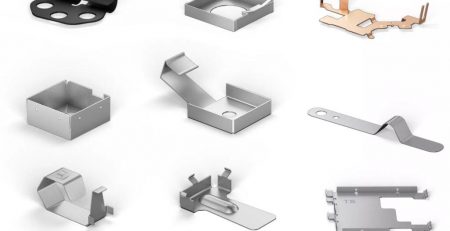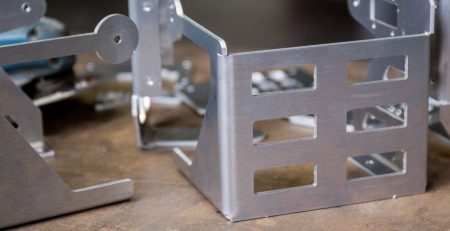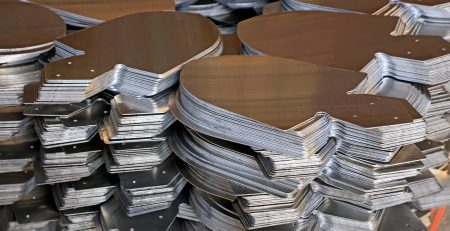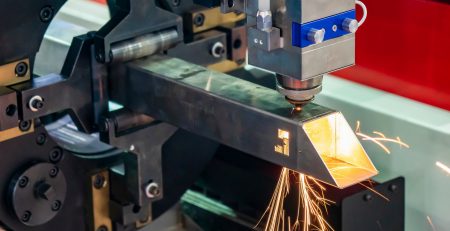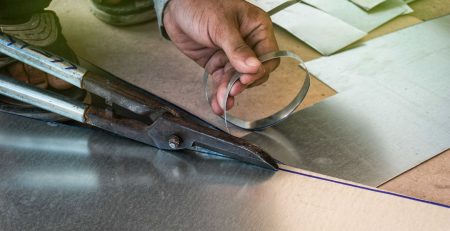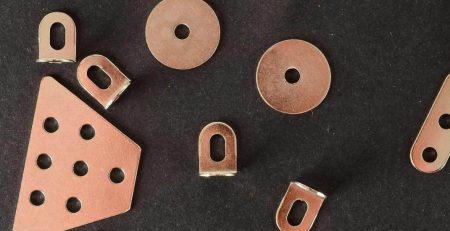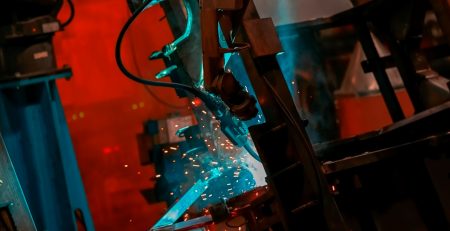From Concept to Creation: How Custom Sheet Metal Fabrication Works
Custom sheet metal fabrication is a highly skilled and intricate process that involves the creation of unique metal products. It involves taking a concept or design and turning it into a tangible, functional item using various sheet metal materials. From automotive parts to industrial machinery, sheet metal fabrication plays a crucial role in the production of a wide range of products. In this article, we’ll take a deep dive into the fascinating world of custom sheet metal fabrication and explore the process from start to finish. We’ll cover everything from the initial design and concept stage to the final product, and we’ll highlight the various tools and techniques used to create these one-of-a-kind metal products. So, whether you’re a business owner looking to produce custom metal parts or simply interested in the process, keep reading to learn more about how custom sheet metal fabrication works.
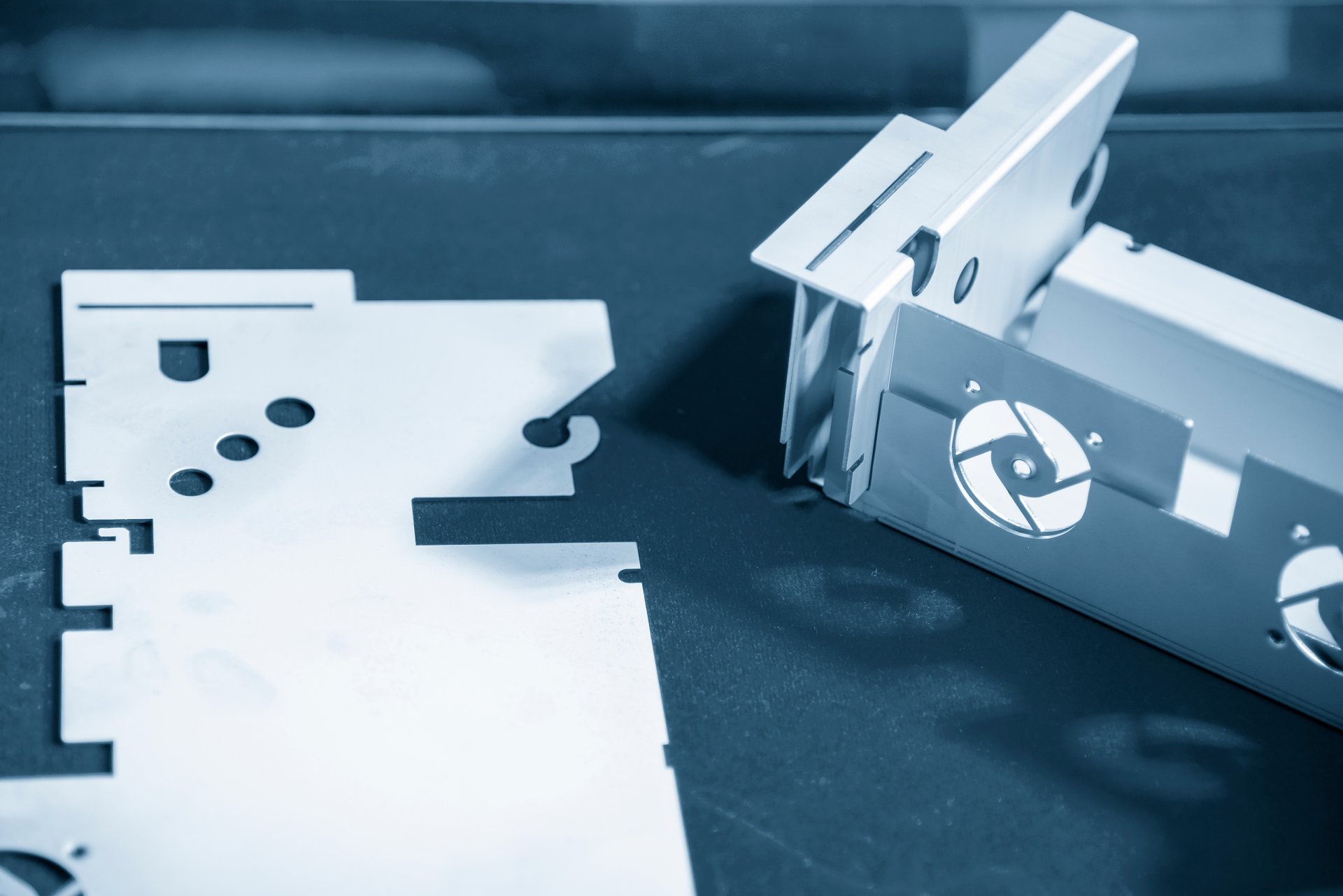
The Process of Custom Sheet Metal Fabrication
Custom sheet metal fabrication involves several stages, each of which is crucial to the success of the final product. The first stage is the design and concept phase, where the client’s requirements are discussed, and the design is created. This stage involves creating a 3D model of the product using computer-aided design (CAD) software to ensure that all the dimensions and specifications are correct.
Once the design is finalized, the next stage is the selection of the sheet metal material to be used. This is an important step as different metals have different properties, and the selected material must be able to withstand the intended use of the final product. The metal is then cut to the required size and shape using a range of cutting tools, including laser cutters, water jet cutters, and plasma cutters.
The metal is then shaped using various techniques, including bending, rolling, and stamping. These processes are used to create the required curves, angles, and shapes of the final product. The metal is then welded or fastened together to create a single piece, and any necessary finishing touches, such as polishing or painting, are added.
Materials Used in Custom Sheet Metal Fabrication
Sheet metal fabrication involves the use of a wide range of materials, each of which has its unique properties and benefits. The most commonly used materials include stainless steel, aluminum, brass, and copper. Stainless steel is a popular choice due to its durability, resistance to corrosion, and ease of maintenance. Aluminum is another popular choice due to its lightweight nature, high strength-to-weight ratio, and resistance to corrosion. Brass and copper are often used for their aesthetic appeal and are commonly used in decorative pieces.

The selection of the appropriate material is crucial to the success of the final product. The material must be able to withstand the intended use of the final product and must be able to withstand any environmental factors it may be exposed to. The thickness of the material also plays a crucial role in determining its strength and durability.
Tools and Equipment in Custom Sheet Metal Fabrication
Custom sheet metal fabrication involves the use of a wide range of tools and equipment, each of which plays a crucial role in the process. The most commonly used tools include cutting tools, bending tools, welding tools, and finishing tools.
Cutting tools include laser cutters, water jet cutters, and plasma cutters. Laser cutters use a focused laser beam to cut through the metal, while water jet cutters use a high-pressure jet of water to cut through the metal. Plasma cutters use a plasma torch to cut through the metal.
Bending tools include press brakes, which are used to bend the metal into the required shape, and rollers, which are used to create curves and cylindrical shapes. Welding tools include MIG and TIG welders, which are used to join the metal together. Finishing tools include grinders, sanders, and polishers, which are used to add the final touches to the product.
Different Types of Custom Sheet Metal Fabrication Techniques
Custom sheet metal fabrication involves several techniques, each of which is used for a specific purpose. The most commonly used techniques include cutting, bending, welding, and finishing.
Cutting techniques include laser cutting, water jet cutting, and plasma cutting, which are used to cut the metal into the required size and shape. Bending techniques include press brakes and rollers, which are used to bend the metal into the required shape. Welding techniques include MIG and TIG welding, which are used to join the metal together. Finishing techniques include grinding, sanding, and polishing, which are used to add the final touches to the product.
Benefits of Custom Sheet Metal Fabrication
Custom sheet metal fabrication offers several benefits, including the ability to create unique and bespoke products, the ability to control the quality of the product, and the ability to create products that are specifically tailored to the client’s requirements.
Custom sheet metal fabrication allows for the creation of one-of-a-kind products that cannot be found elsewhere. This is particularly useful for businesses that want to differentiate themselves from their competitors by offering unique products that stand out in the market.
Custom sheet metal fabrication also allows for greater control over the quality of the product. By controlling the entire process, from the design stage to the finishing stage, businesses can ensure that the final product meets their exact requirements and specifications.
Finally, custom sheet metal fabrication allows for the creation of products that are specifically tailored to the client’s requirements. This means that the final product is designed and created to meet the exact needs of the client, resulting in a product that is more efficient and effective.
Applications of Custom Sheet Metal Fabrication
Custom sheet metal fabrication has a wide range of applications across several industries, including automotive, aerospace, construction, and healthcare. In the automotive industry, custom sheet metal fabrication is used to create a range of products, including body panels, exhaust systems, and engine parts. In the aerospace industry, custom sheet metal fabrication is used to create parts for aircraft, including wings, fuselages, and landing gear.
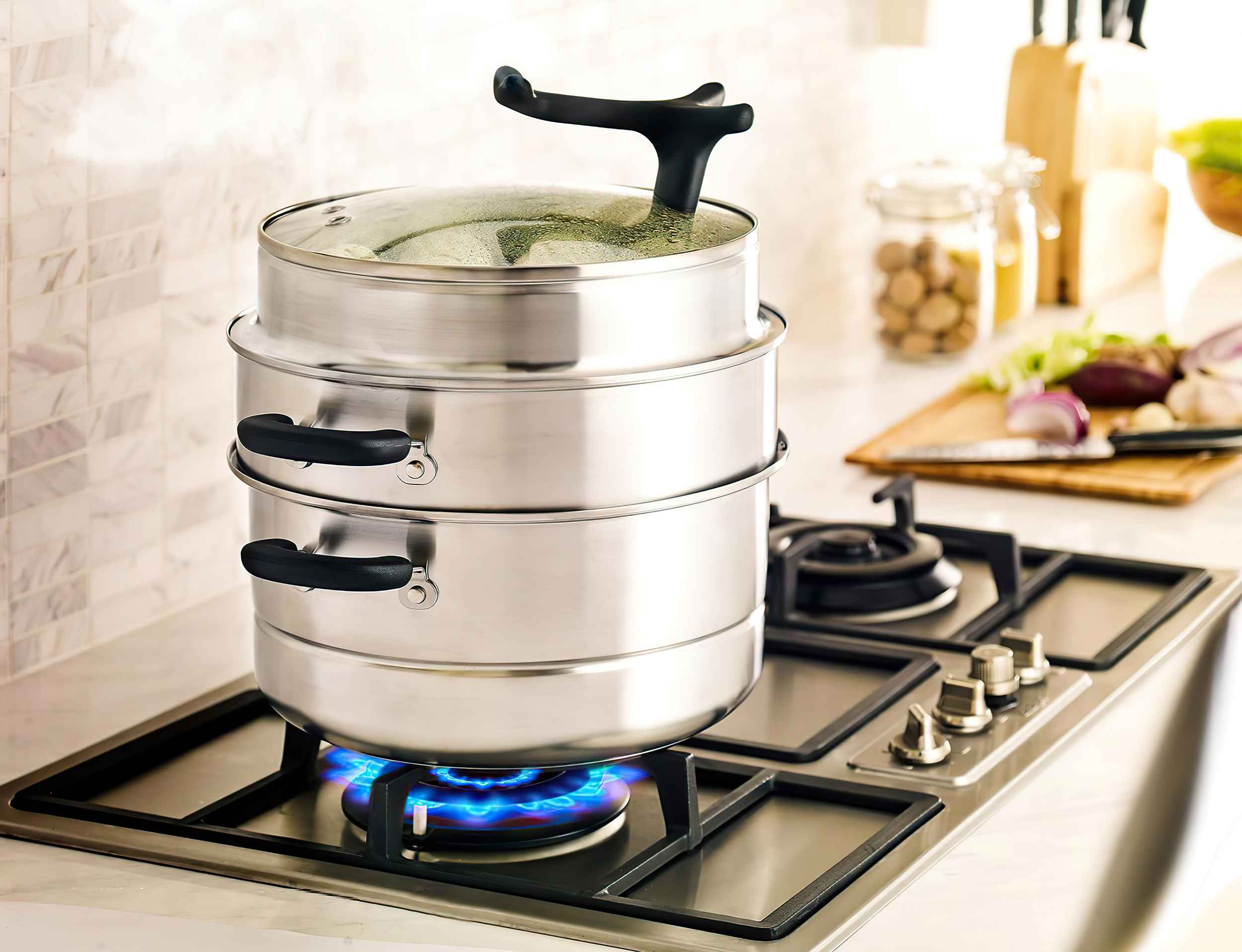
In the construction industry, custom sheet metal fabrication is used to create a range of products, including structural components, roofing, and cladding. In the healthcare industry, custom sheet metal fabrication is used to create medical equipment, including surgical instruments, hospital beds, and medical carts.
Factors to Consider When Choosing a Custom Sheet Metal Fabrication Company
When choosing a custom sheet metal fabrication company, there are several factors to consider, including the company’s experience, expertise, and reputation. It’s important to choose a company that has a proven track record of delivering high-quality products and has experience in the specific industry or application that the product will be used for.
It’s also important to choose a company that has the necessary equipment and facilities to complete the project. This includes access to cutting, bending, welding, and finishing tools, as well as the appropriate materials and resources.
Finally, it’s important to choose a company that offers excellent customer service and communication throughout the entire process. A good custom sheet metal fabrication company should be able to provide regular updates on the progress of the project and be available to answer any questions or concerns that may arise.
Examples of Custom Sheet Metal Fabrication Projects
Custom sheet metal fabrication has been used to create a wide range of products, from small decorative pieces to large industrial machinery. One example of a custom sheet metal fabrication project is the creation of a custom exhaust system for a high-performance car. The exhaust system was designed and created to meet the precise requirements of the car’s engine, resulting in improved performance and efficiency.
Another example is the creation of a custom staircase for a luxury home. The staircase was designed and created to fit the specific dimensions and style of the home, resulting in a unique and bespoke feature that adds value and character to the property.
Conclusion
Custom sheet metal fabrication is a fascinating and complex process that involves the creation of unique and bespoke metal products. From the initial design and concept stage to the final product, custom sheet metal fabrication requires a high level of skill, expertise, and attention to detail. By understanding the process and techniques involved, businesses can create unique and high-quality products that meet their exact requirements and specifications.

